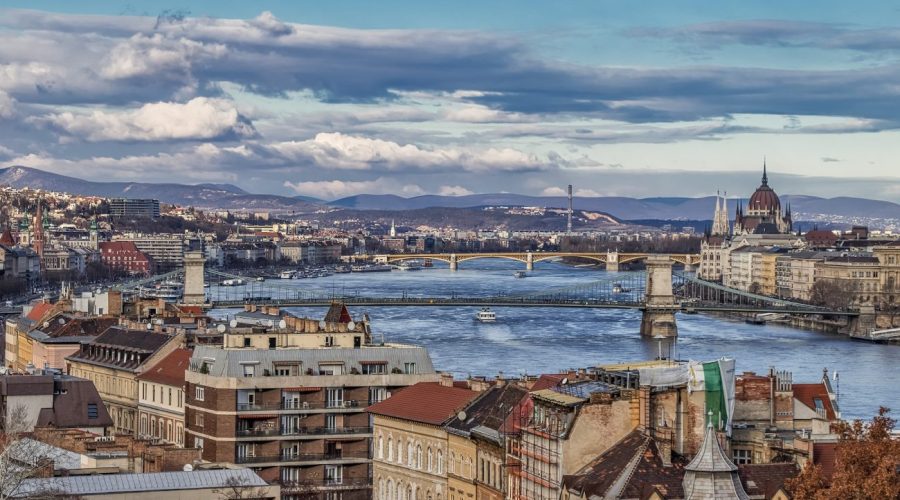Madrid City Symbol – Exploring the Iconic Symbols of Madrid
To start with, let me tell you that you are in Madrid, the mesmerizing capital of Spain. In this blog sharing, she has realized that when wandering through the streets of this lovely city, one can come across many symbols connected with the Spanish culture and traditions. In this case in this, our blog post we look at some of the famous symbols in Madrid that include architecture and culture.
The Bear and the Strawberry Tree
El Oso y El Madroño is another majestic landmark that any Madrid visitor should not miss, it depicts a bear climbing a strawberry tree. This symbolic statue is placed at the Puerta del Sol square which is known to be one of the primary sites of interest in the city. The image is an emblem that reminds of Madrid and is frequently related to the city’s invincibility.
According to tradition, the founder of Madrid the name of which was originally Mayrit which comes from the Arabic word ‘mayrit’ meaning ‘abundant water’. The bear is depicted as the wild animals that used to roam-around the region and the strawberry tree as the trees that grew in that region. It is a beautiful, mysterious attraction, most universal and ideal place to take a photo.
Architecture: Royal Palace and Puerta de Alcalá
Madrid is known for its beautiful edifices with two of the most popular architectural structures that the city boasts of are the Royal Palace and the Puerta de Alcalá.
One of the amazingly beautiful buildings that belongs to the architectural heritage of Spain is therefore known as Royal Palace or Palacio Real. It is the largest royal palace in Europe regarding the floor area with over 3,400 rooms. They include the elaborate palaces, exotic gardens and other historic corridors, which give insight of the royal domain in the city.
One of them is the Puerta de Alcalá; it is a gate built in Moorish architecture and it is situated in the Plaza de la Independencia. It is an architectural design that stands distinctly as one of the most famous works of architecture credited to Francesco Sabatini and was laid in the last quarter of the 18th century with the view of complementing the image of a city that was rising after the disaster that nearly claimed it. It has a neoclassical facade that has made it a preferred rendezvous for the populace and any visitor to the city.
Plaza Mayor: The Heart of Madrid
Every tourist visiting Madrid should necessarily pay attention to the atmosphere of the Plaza Mayor. This historic square has long been functioning as the main place for people’s meeting and still currently fills the role.
The Plaza Major has amazing architectural designs of arcades and balconades with the Casa de la Panadería. In addition to vendors who cover the ground selling, painting, and performing, Plaza Mayor is the right hub to enjoy Spanish food especially in the cafeterias and restaurants that flank it.
El Rastro: A Shopper’s Paradise
A market for dozens of small ateliers, shops, and stalls that offer all sorts of interesting items for an aficionado of flea markets and shopping, El Rastro is located in Madrid. El Rastro is opened every Sunday and on the holidays; it is the largest open-air Market in Madrid.
While walking through the network of La Latina neighborhood streets, you would be able to find antiquities, vintage clothing and accessories, handicrafts, and lots more. Do not even hesitate with bargaining and enjoy the hustle and bustle of this market place.
Tapas: A Culinary Delight
Therefore, there is no way one can discuss the images of Madrid without paying attention to the tapas culture of this city. Tapas are appetizers that are small portions of food eaten together with a drink so as to allow the diner to engage in conversations with others.
From such of Spanish delights as the famous Jamón Ibérico and Patatas Bravas and coming to the regional specialties such as Callos a la Madrileña that is tripe Madrid style.
Go for tapas at any of the numerous bars that are available in the city including Mercado de San Miguel or La Latina and get a feel of the Madrid’s food.
In Conclusion
Many symbols are associated with Madrid and each of them embodies its tradition, culture or history of the great city. Those visitors who could also give them this chance would discover a city that prides numerous famous Spanish landmarks such as the ‘El Oso y El Madroño’, The Royal Palace, and the magnificent Puerta de Alcalá among others.
Visiting the Plaza Mayor and trying to immerse themselves in the atmosphere of El Rastro will help you feel the chosen place, while the numerous tasting of the tapas will reveal to you all the variety of the Spanish cuisine.
It is important to be aware of this while taking in the various features that makes Madrid what it is today; the symbols. Madrid is not only a city but an epitome of the history and traditions as well as the liveliness of the Spanish community.
Table of Contents



